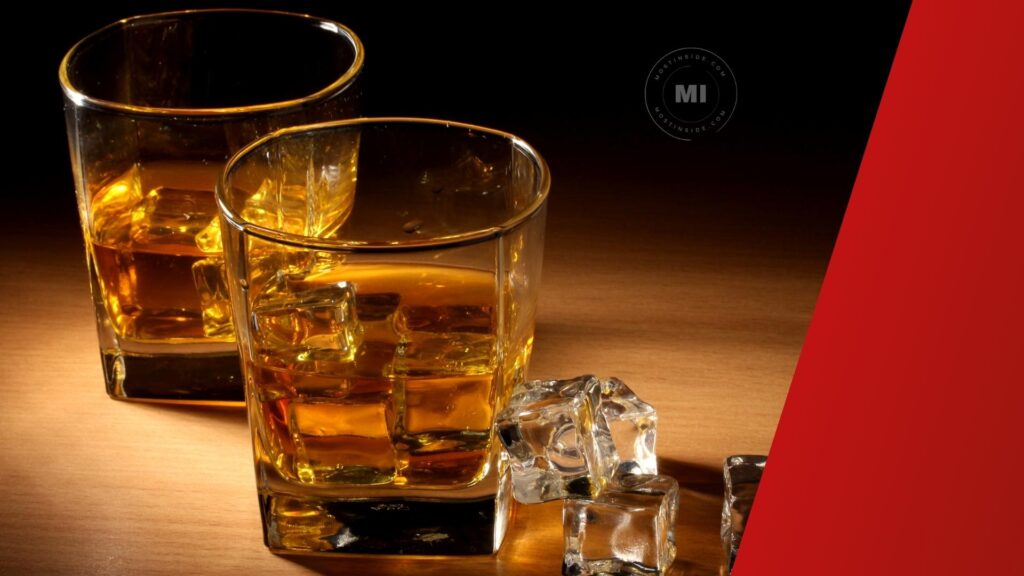
Think back to your teenage years. It feels like alcohol was all around, from billboards to radio adverts, to movies and on television. Millions are invested into advertising, and chances are you’ve been susceptible to it.
Look back now and ask yourself, how much do you love beer? Or how much do you think you’ve been influenced by brands marketing it. Is it more the idea of it as a stress reliever at the end of a long, hard day, or perhaps you think it’s cool. You may not know it, but the chances are that beer and alcohol brands have done their marketing and caught you at a very young age.
Many studies have shown this to be the case, with Boston University finding that for every dollar the alcohol industry spends on “youth advertising”, young people drink approximately 3% more each month, with a survey which also analysed almost 2,000 teens finding a 1% increase in their consumption over that particular month.
That advertising is then contributing to the increase of a person’s drinking over time, with the age of 25 bringing an average of 50 alcoholic drinks per month. Essentially, the more advertising young people are seeing – the more they drink, and the more are ending up in alcohol rehabilitation.
That’s perhaps no surprise, after all, advertising is a powerful tool. But when the health risks are so great when it comes to consuming alcohol, should more be done?
A three-year study of magazine advertising in the USA found that 23% of adverts for alcohol were found in magazines aimed towards a young audience, while it’s a similar story with radio stations.
Of course, calls are often made for adverts to highlight “drinking responsively” but those are still rare and underage drinkers are 96% more likely to see an advert for a specific type of alcohol compared to one highlighting the dangers of drinking alcohol.
It’s one of the root problems of alcoholism across the world and more and more teens are now becoming addicted to alcohol or developing problems in later life as drinking begins to get heavier and heavier. Cutting that off at the stem is what many campaigners want to see.
The banning of alcohol in sports sponsorship, for example on children’s soccer shirts in the UK is a step forward to preventing that, but it isn’t completely shielding youngsters from clubs being associated with alcohol.
The fact of the matter is that alcohol plays a major part in culture across the world, but taking steps to limit the exposure for young people is a must if governments are going to stem the level of addiction across the world. And that starts by educating and protecting the young.